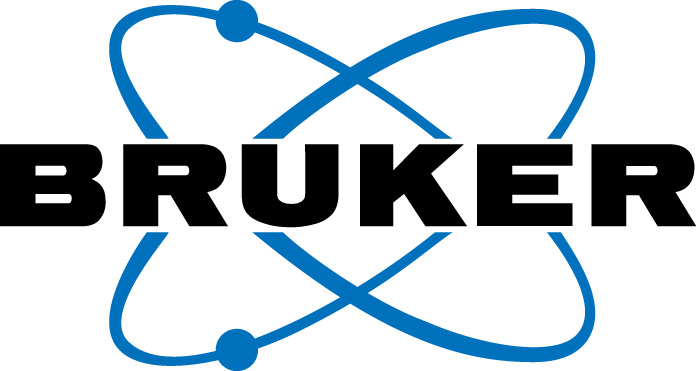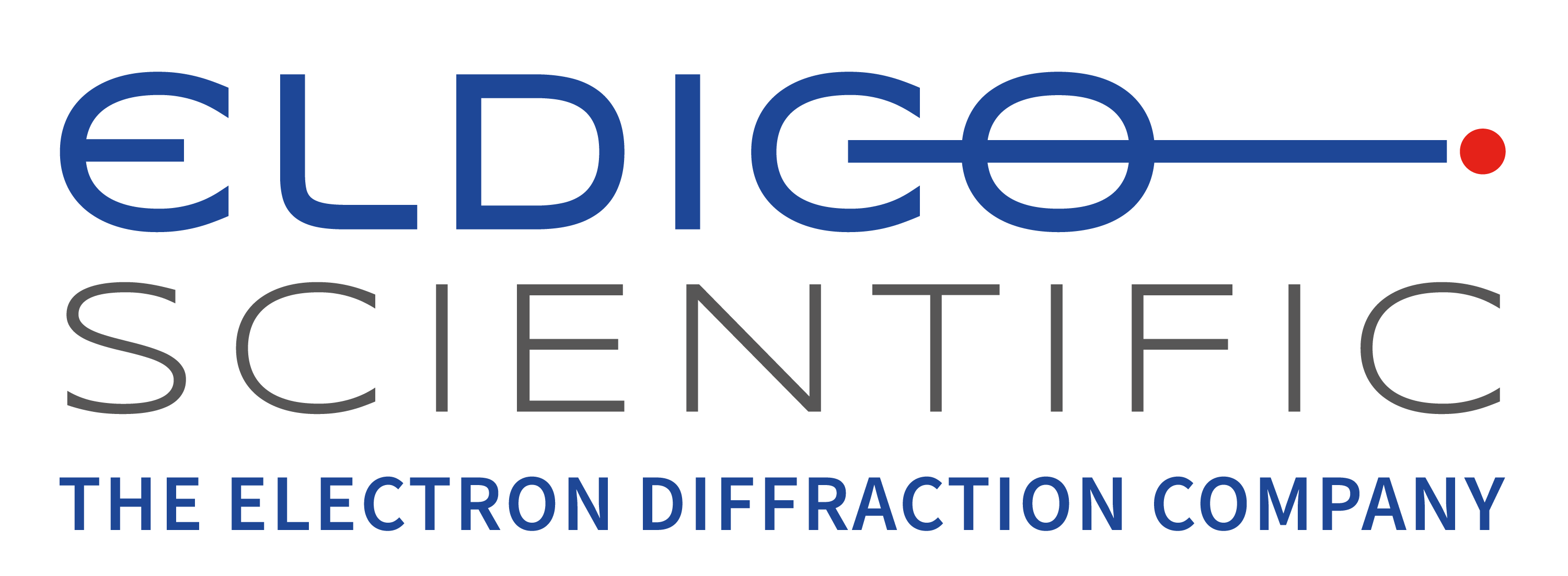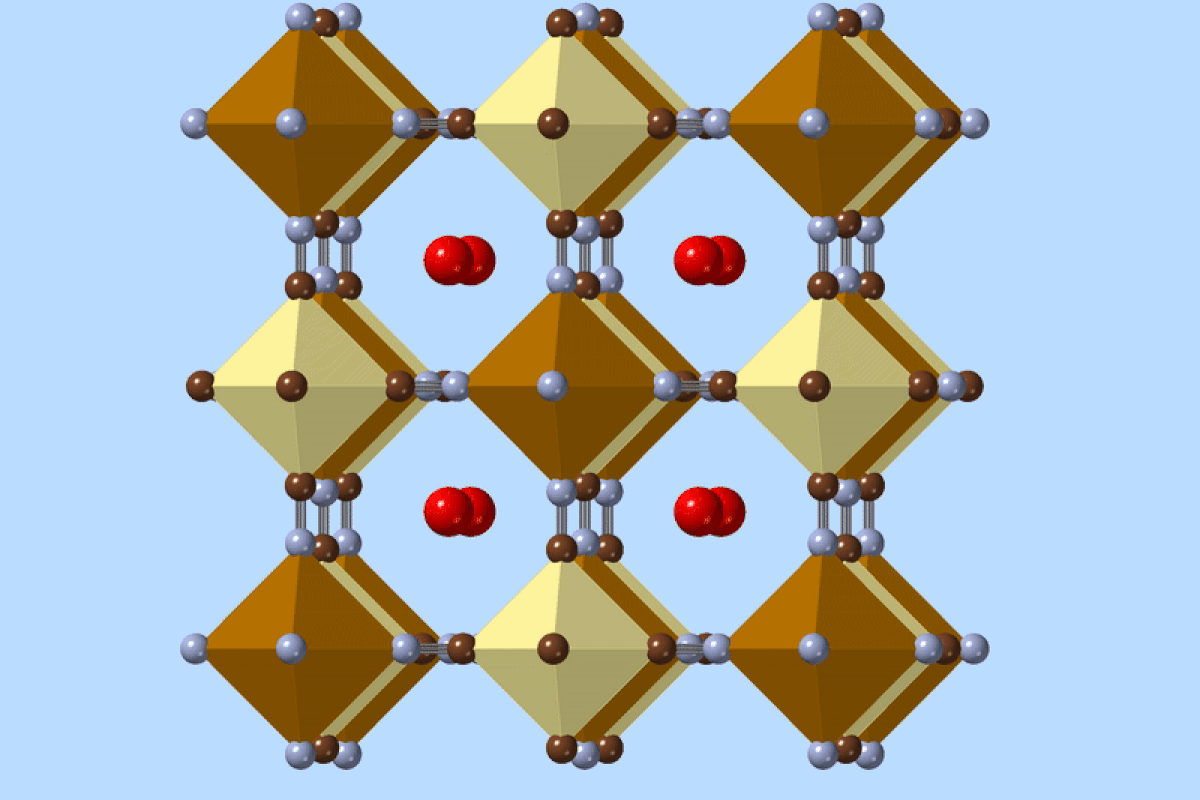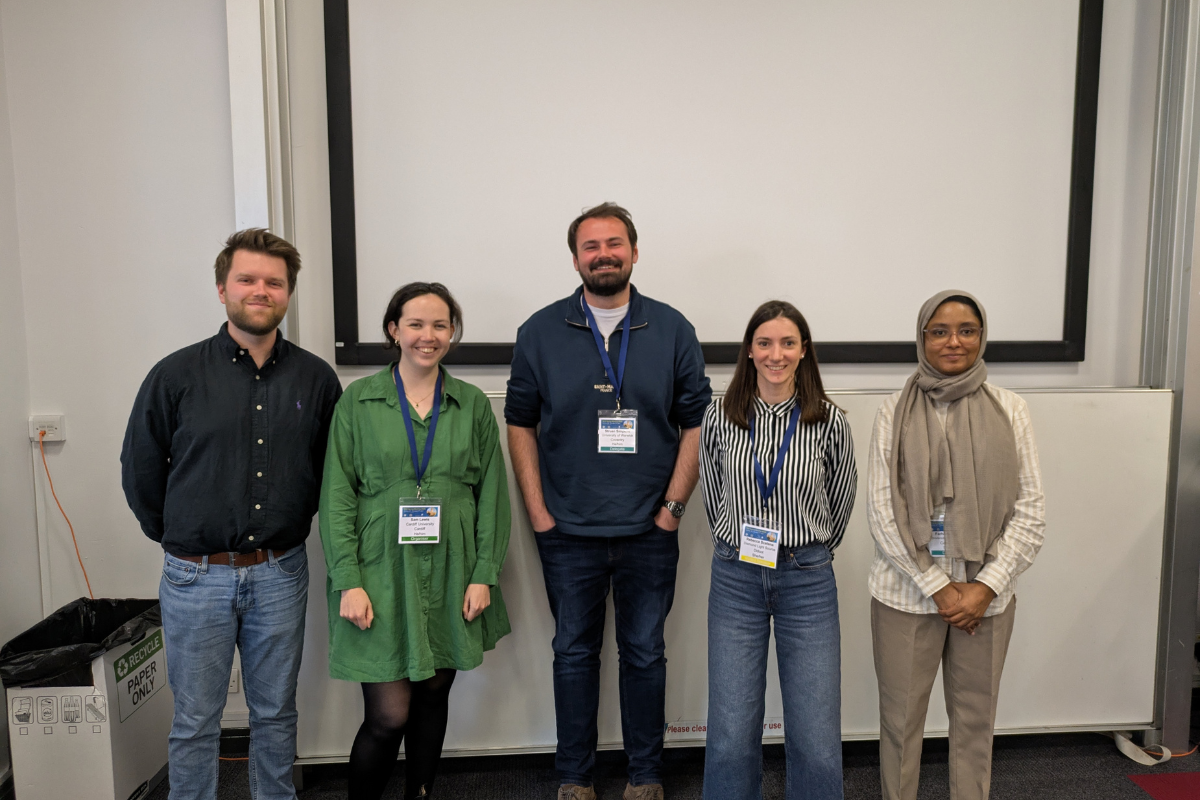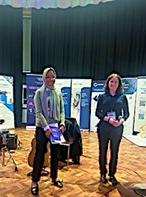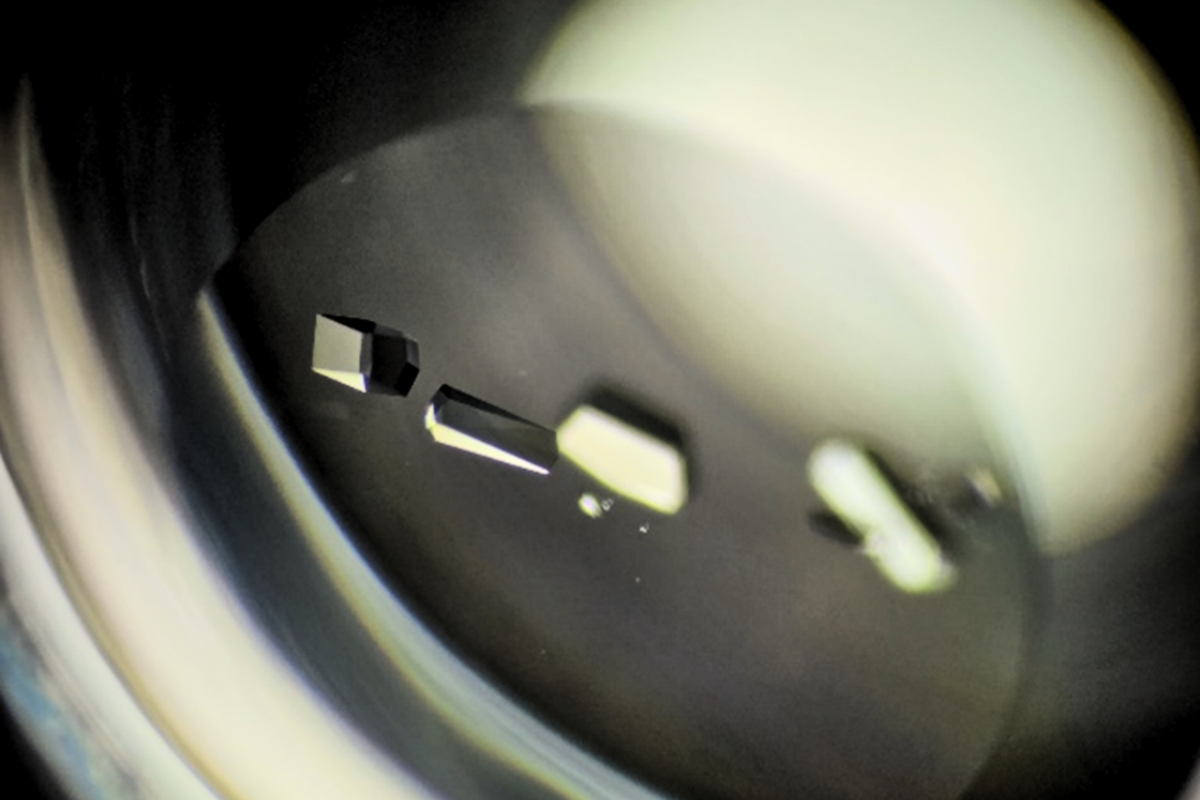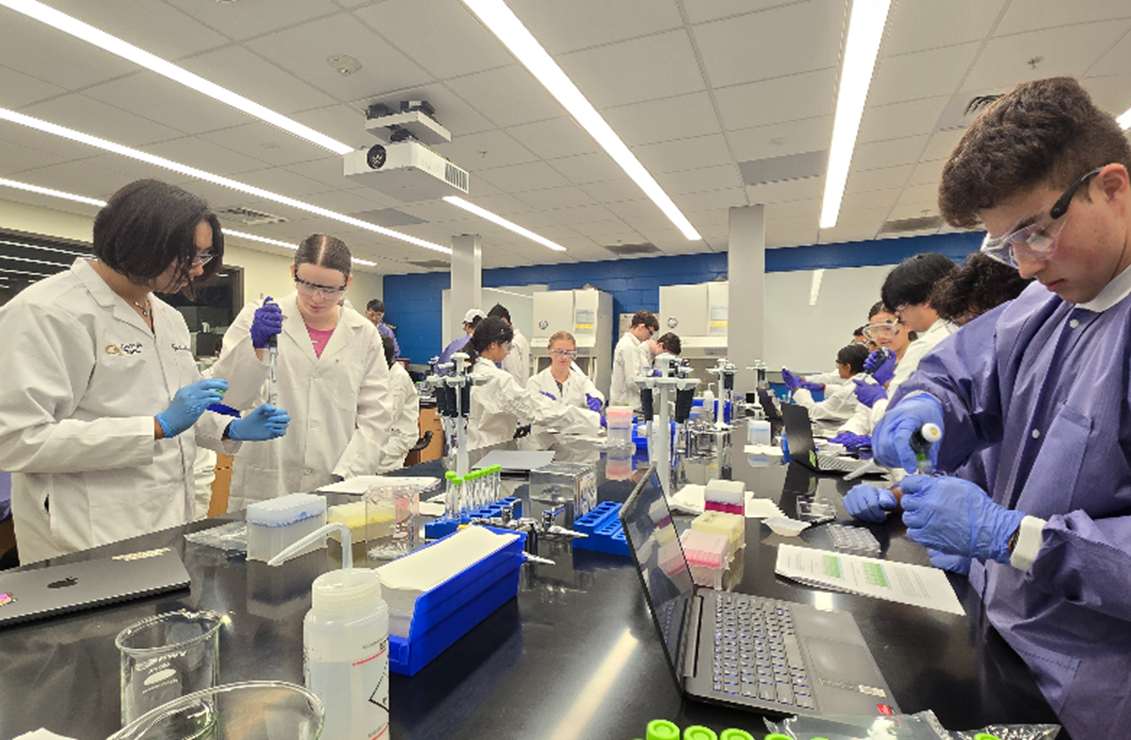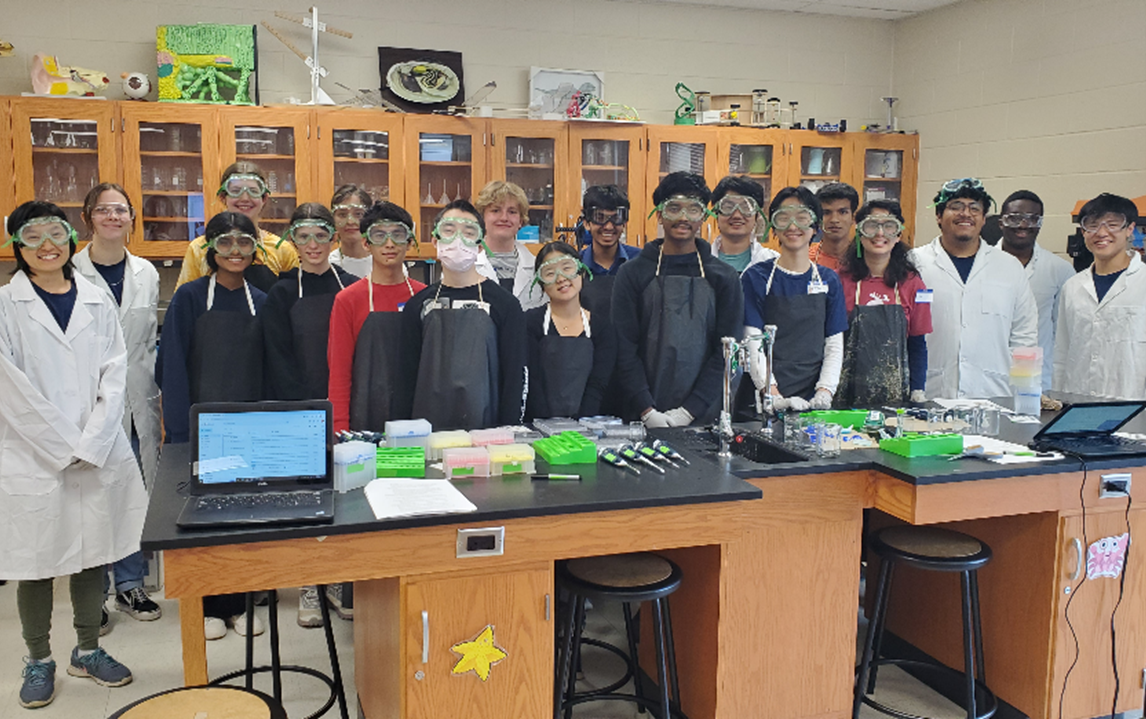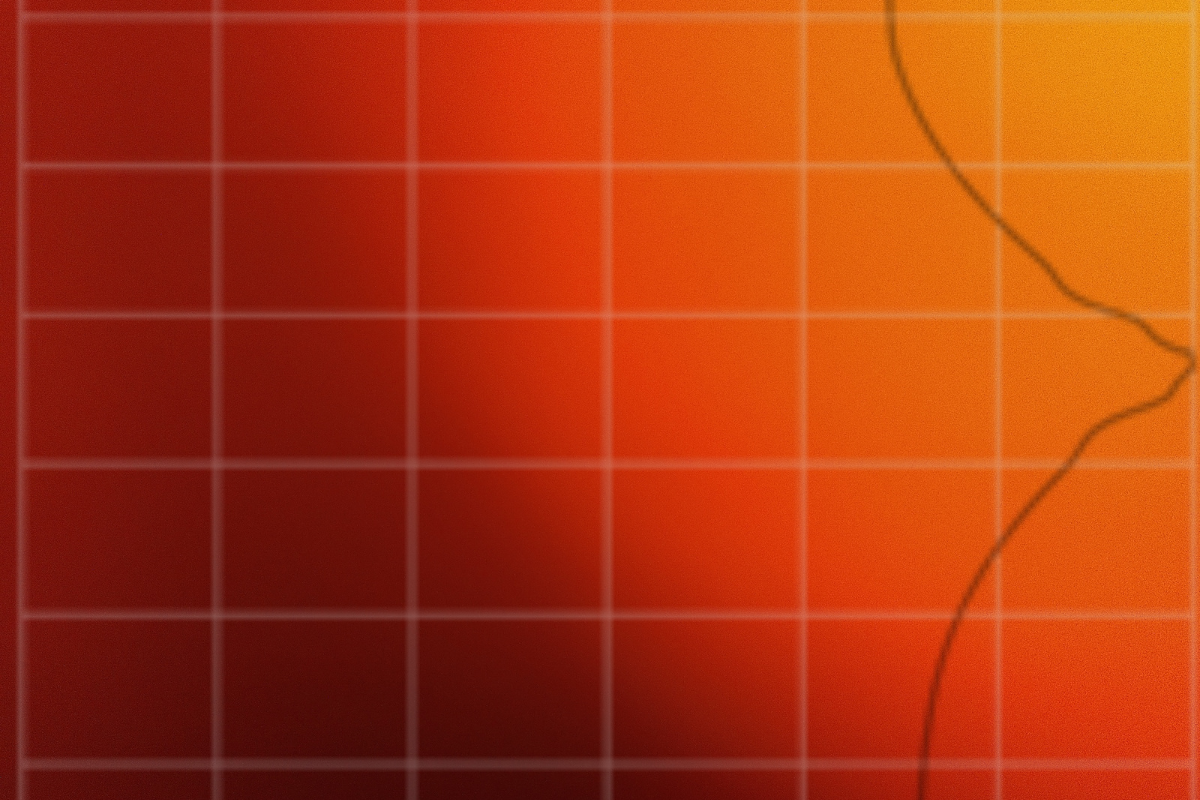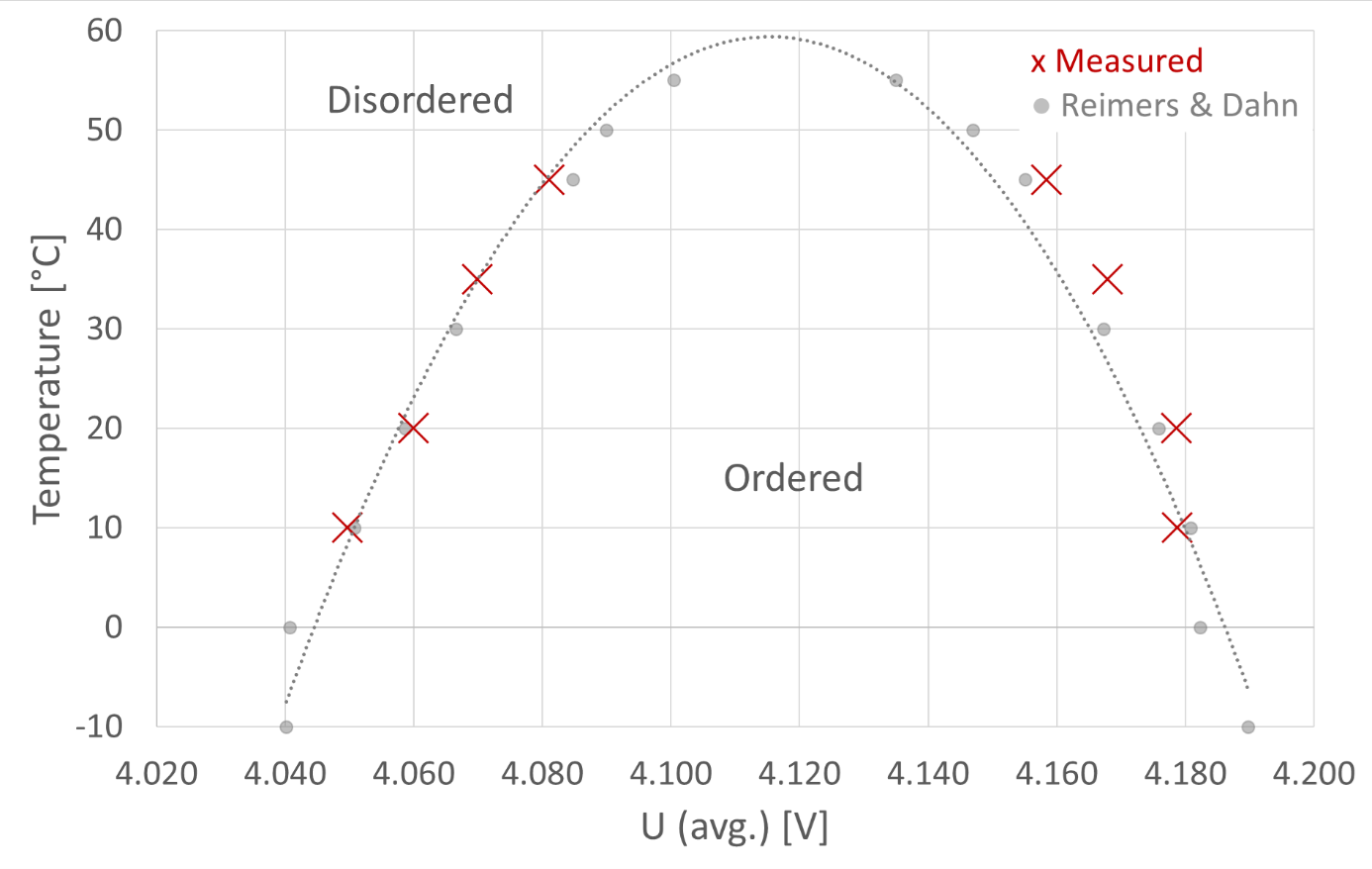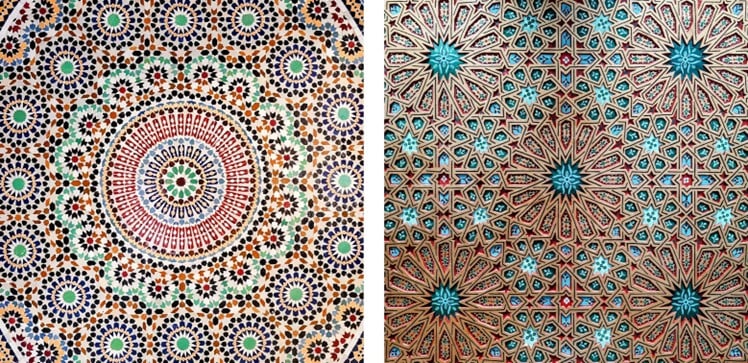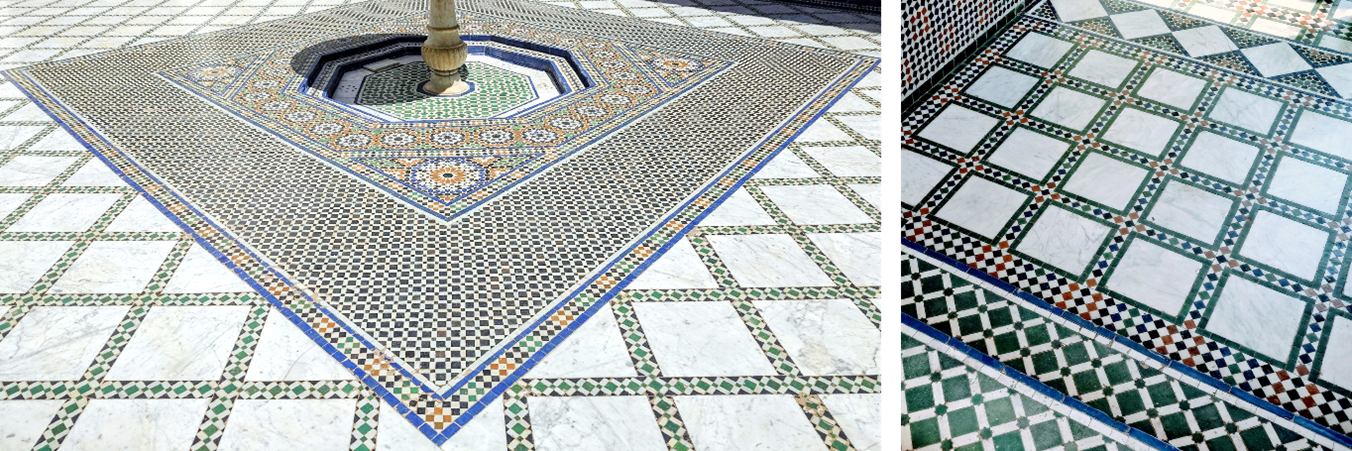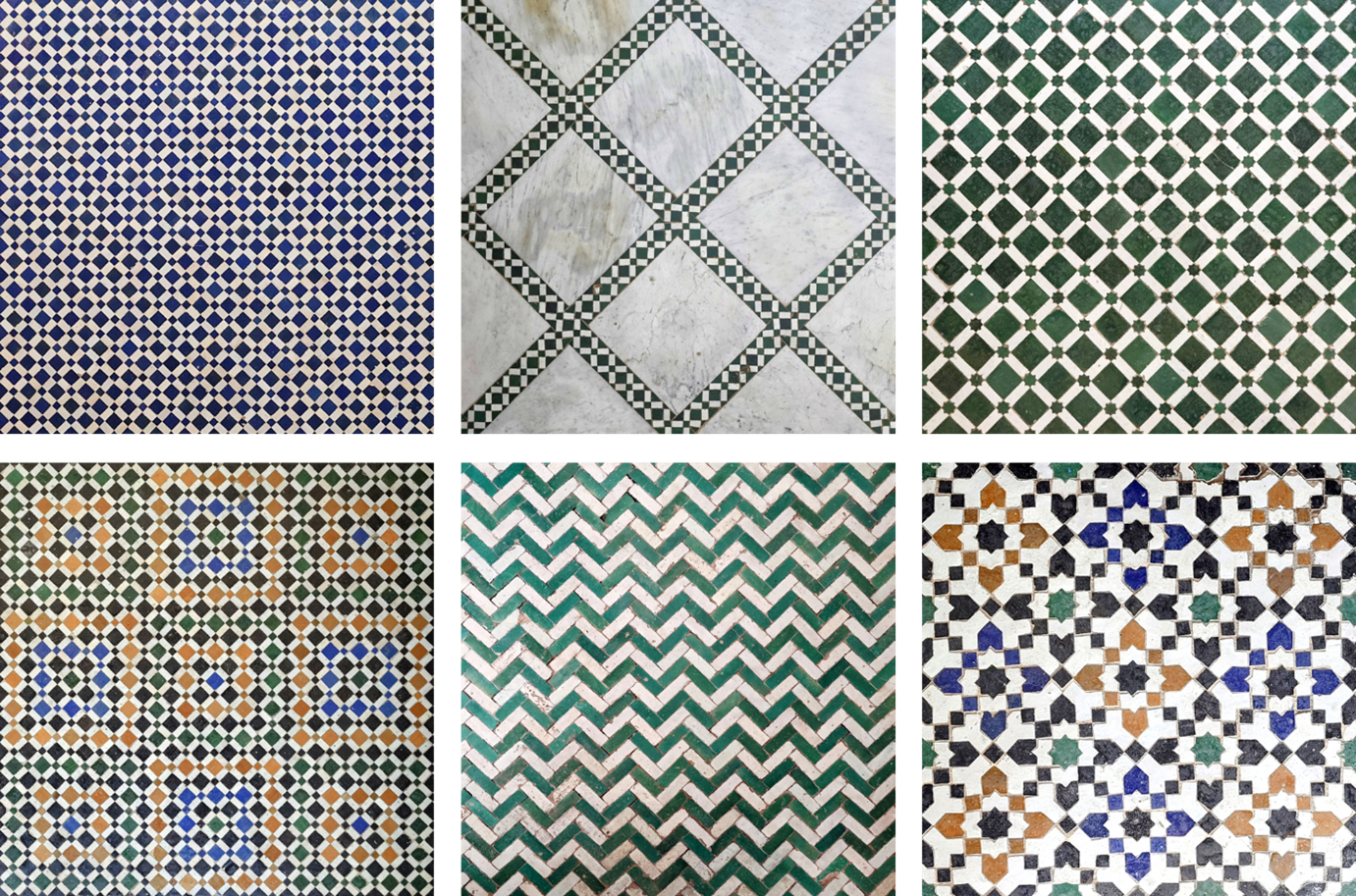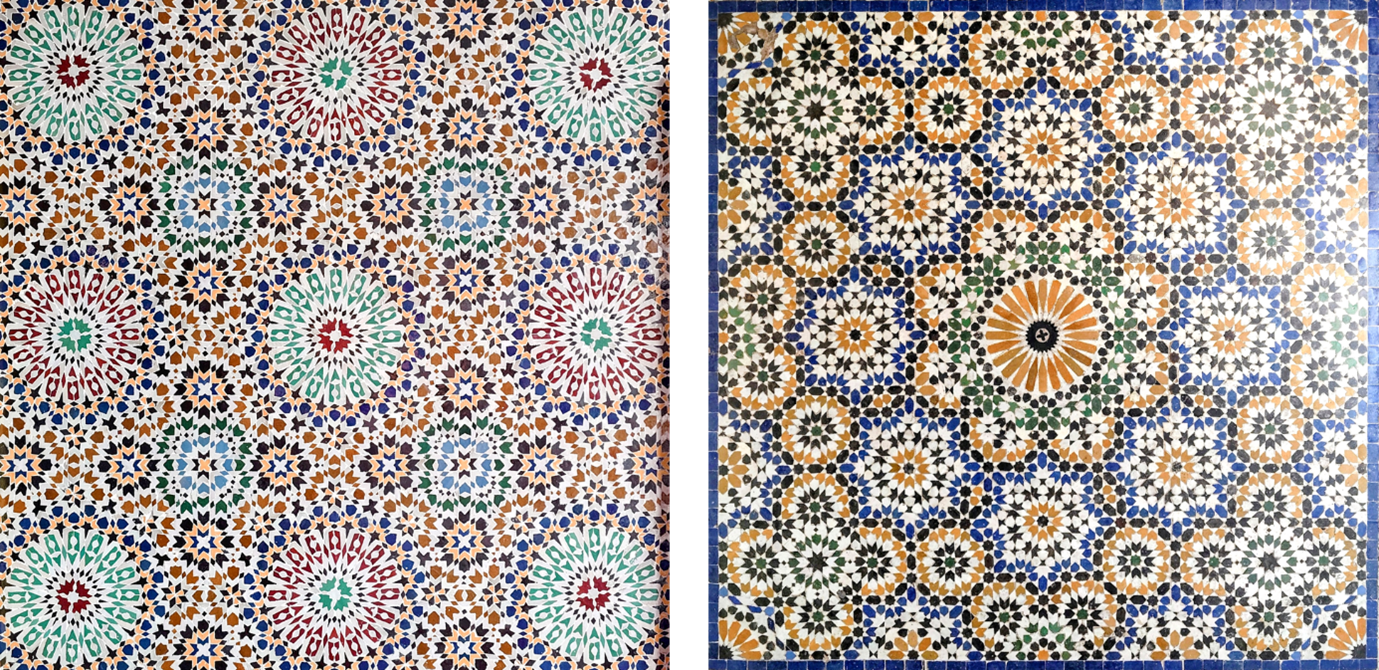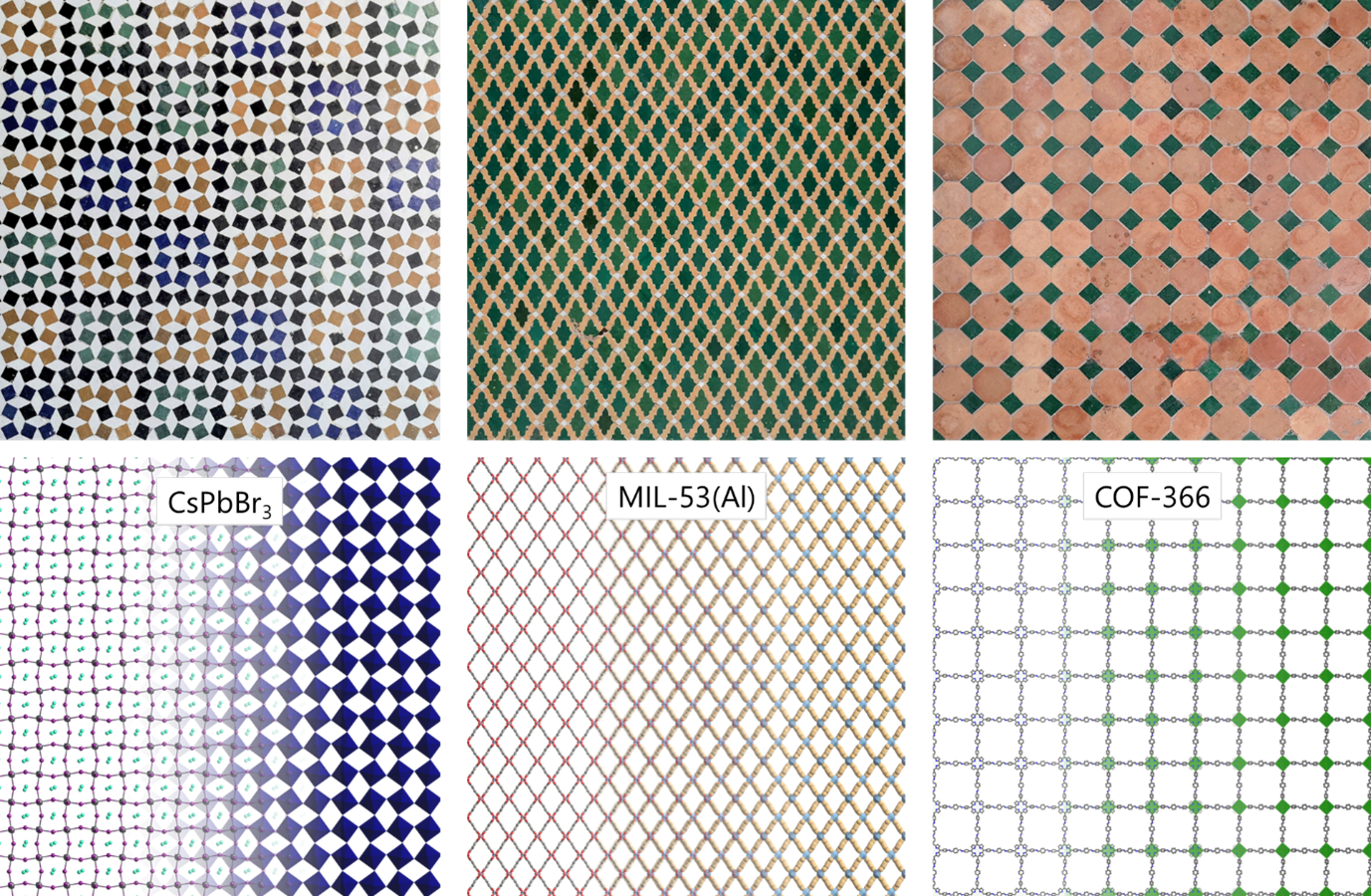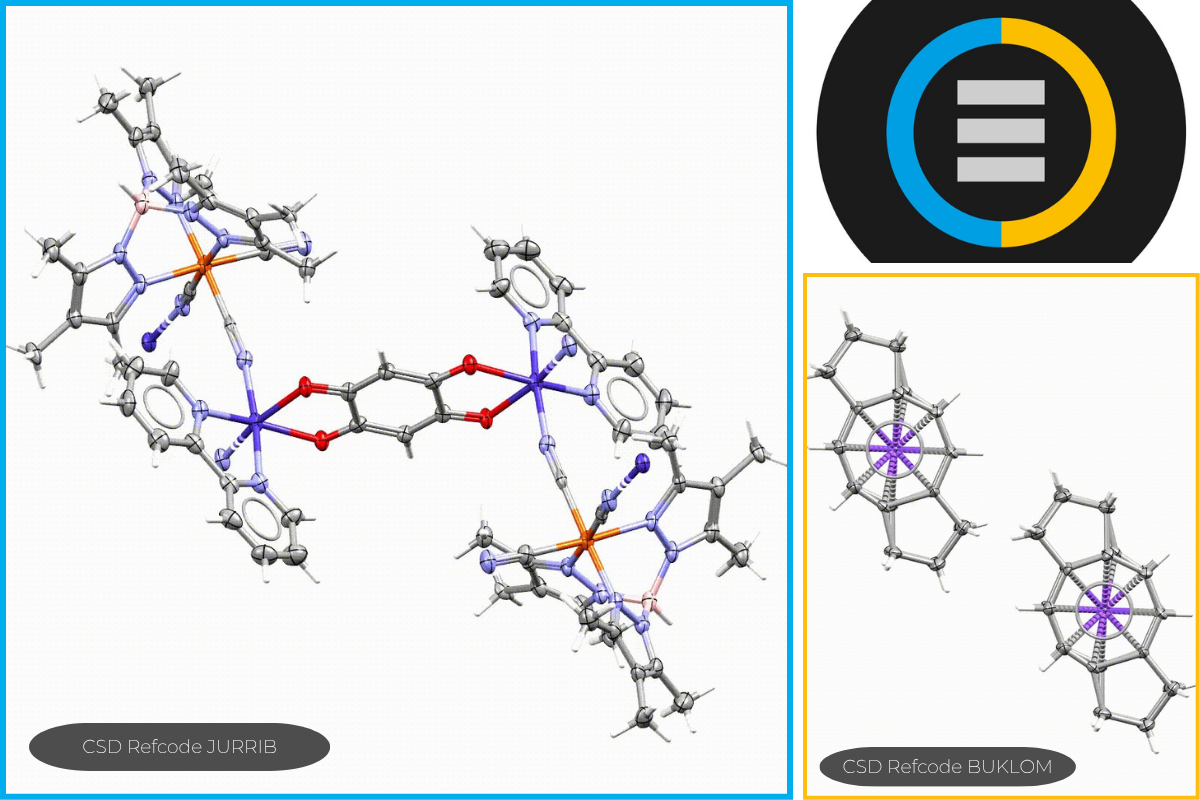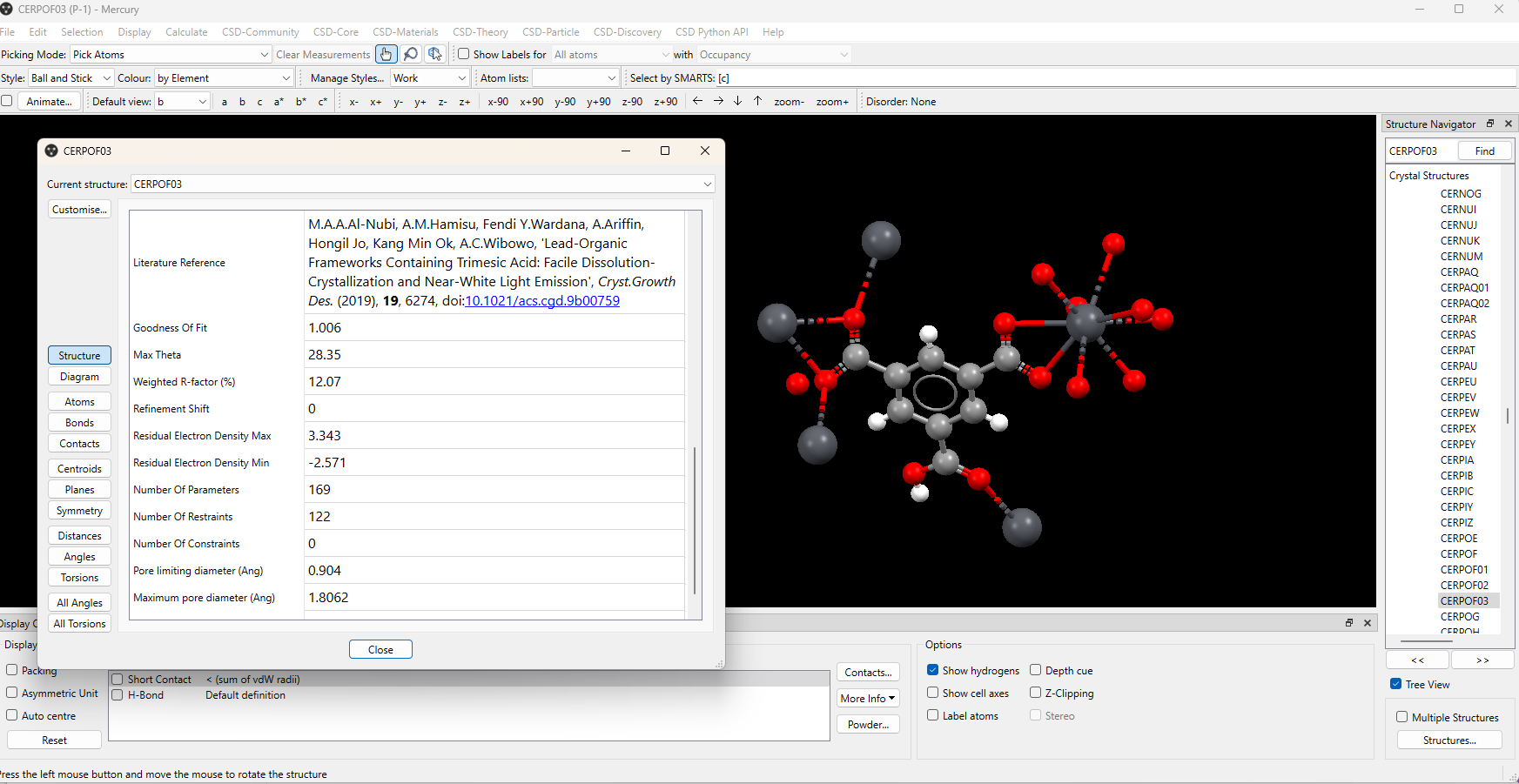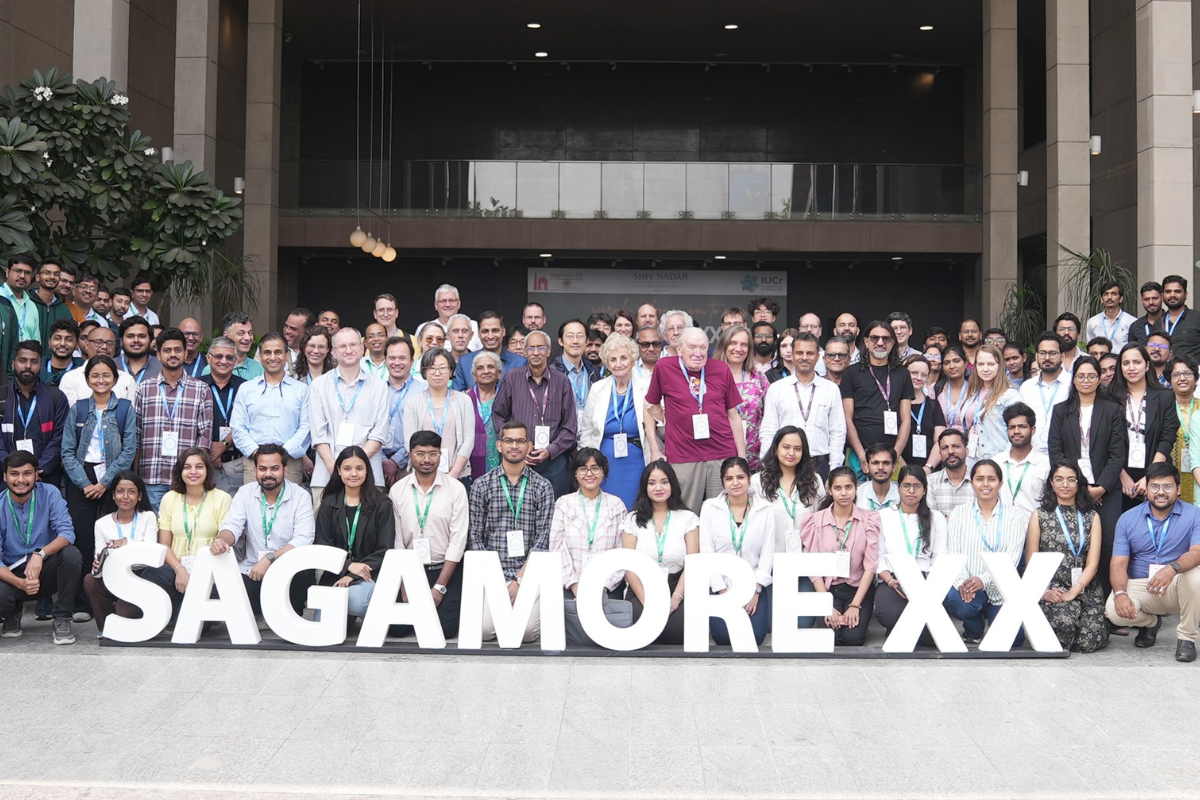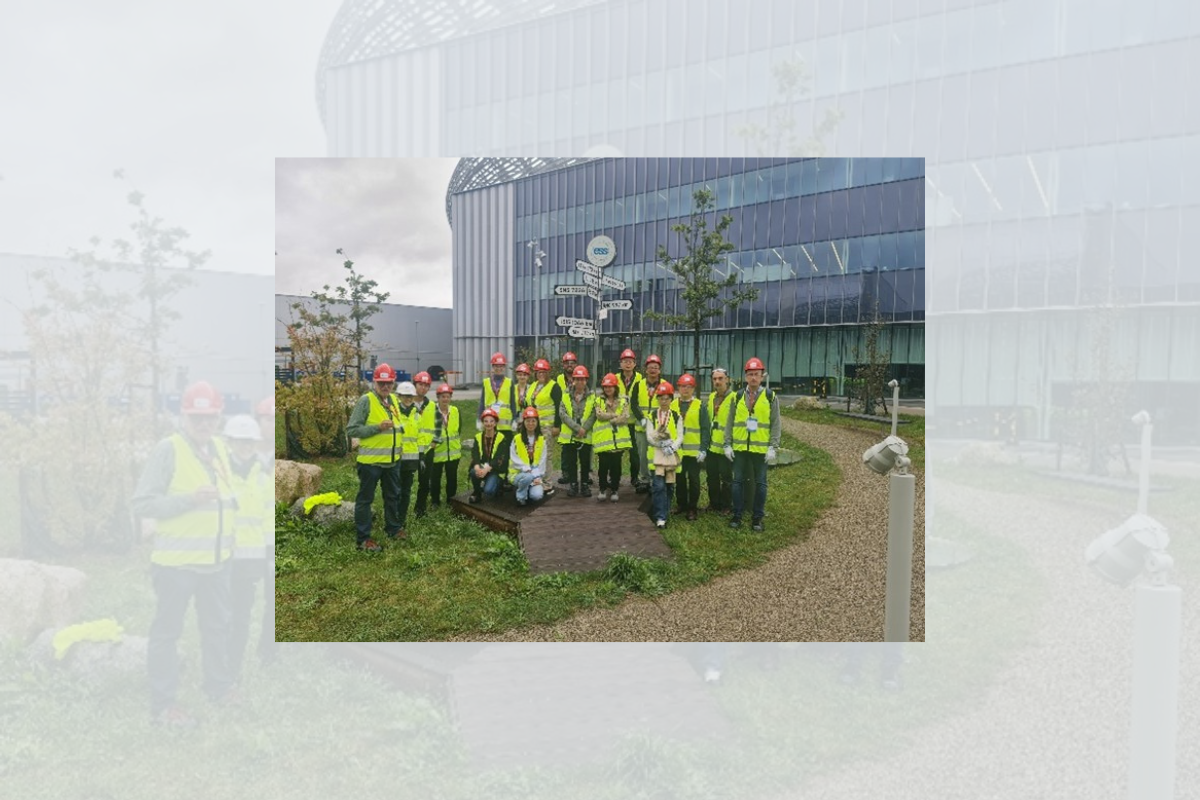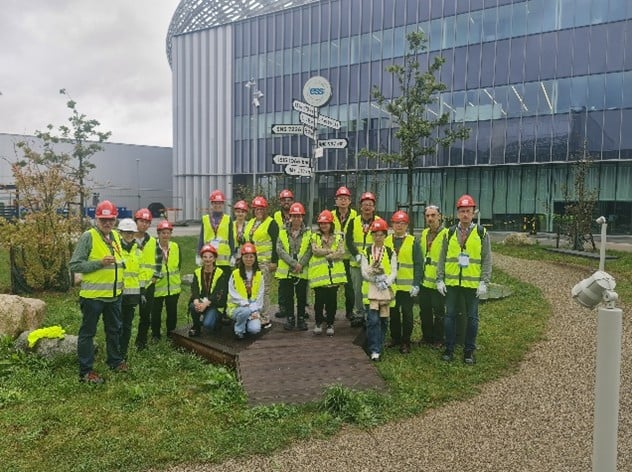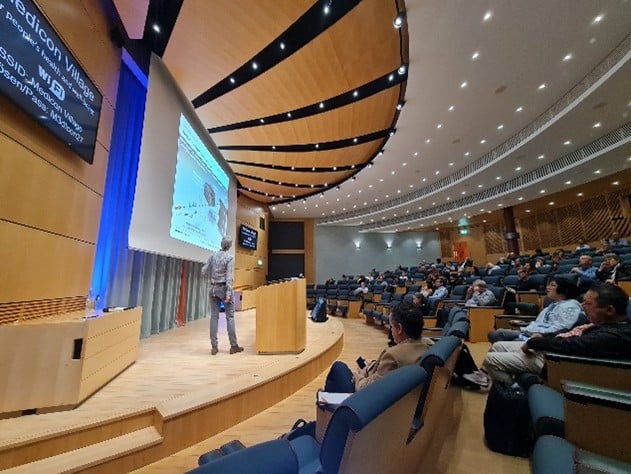I open this Editorial with a personal view. We are clearly living in strange and difficult times. Apart from the obvious concerns about conflicts throughout the world, which I need not elaborate on here, as a scientist and confirmed internationalist, I worry about the growth of anti-science movements in recent years. Where science and scientists were once widely respected, there now seems to be a shift in tone and public trust. It is in this context that the role of rigorous, independent scientific publishing feels more vital than ever.
The growth of fake publications is particularly alarming. The financial viability of our Union depends critically on the success of its publications, and therefore, the IUCr, through its Journals Commission, always strives to maintain the highest standards possible in its publications. It is a fact that scientific frauds and errors have always appeared in the literature from time to time; for example, the famous cases of the midwife toad, described by Paul Kammerer, or the Piltdown forgery by Charles Dawson. Sometimes, it is more a matter of wishful thinking by the scientist in question, such as in the “discovery” of so-called N-rays by Prosper-René Blondlot in 1903. The reason for this is the pressure on scientists to publish in order to establish a reputation or gain promotion. In recent times, the number of such dubious and frankly fraudulent papers has been increasing, and some have even managed to get published, even in reputable journals, despite being reviewed by peers.
Within my own field of research, I have recently observed numerous instances of data manipulation, such as the copying and pasting of different regions of powder diffraction patterns into other patterns or the use of artificial intelligence. For instance, one paper that I reviewed a few weeks ago claimed to have derived a crystal structure of a perovskite phase using powder diffraction and refined it using the Rietveld program. However, no actual results, such as atomic coordinates, were provided in the manuscript. I requested the crystallographic information, and when I eventually received it, I entered the atomic coordinates into a crystal plotting program and found that the refined structure was complete garbage despite the authors achieving a good fit to the powder data.
The reputable scientific journals (and, unfortunately, there are many disreputable ones today) make great efforts to reject such papers. The IUCr has especially established itself as one of the leading organizations in scrutinising submitted papers. As a result, our journals have become among the most reliable and high-quality in the world. To see examples of the kind of nonsense being submitted these days, take a look at the website https://pubpeer.com/ and enter a topic in the search box. I think you will be surprised. On the one hand, it might be thought amusing to read the examples, but there is a serious side to this, namely the pollution of the scientific literature. This can be harmful even for Society in general; witness the debacle over the MMR vaccine and autism.
Okay, that’s enough ranting for now. As I described in my Editorial in Issue 1 this year (link), I was invited by the Royal Society to participate in a short film about my PhD supervisor, Professor Dame Kathleen Lonsdale, celebrating 80 years since she was admitted as one of the first two female Fellows. The filming took place in the same laboratory where I conducted my graduate work, and in fact, precisely at the spot where she first interviewed me in early 1965 for a graduate studentship. This was also the very spot where, in 1967, she and I were interviewed by the BBC for a film to be shown that evening on the 10:00 news. The interview consisted of having me pour liquid nitrogen into a Dewar, accompanied by a dramatic cloud of vapour (great TV!), while we appeared to be chatting together. The date was June 5th, and on that day, the 6-day war broke out in the Middle East. The result was that the interview was never broadcast; it may still exist somewhere in the BBC archives. The Royal Society film is now available for viewing at https://www.youtube.com/watch?v=Jwcf23XJ8vI.
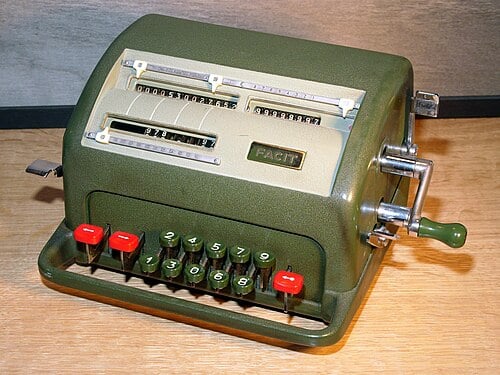
I mentioned in that Editorial that I had an accidental exposure to the X-rays, so let me expand on that so that you can get a better feel for what it was like years ago. Unbelievably, our X-ray sets had no protective screens, something that would be unthinkable and disallowed today. Now, in order to expose the X-ray film, we used to push the camera with enclosed film up to the window of an X-ray tube, wrap some lead sheet around the collimator to inhibit stray radiation, and then push a sliding shutter from closed to open positions to make the exposure. After exposure for the required time, typically 1 hour or so, the procedure was to slide the shutter to the closed position, pull the camera away, and for safety place a lead cap over the tube window.
One day, someone had a brilliant idea to make the procedure safer by inserting a zinc sulfide screen around the X-ray window, so that it would fluoresce if X-rays were still being emitted by accident. On one occasion, I had been teaching a chemistry undergraduate how to take these photographs, and after setting up the exposure, he went off to lunch. I went into the laboratory and, thinking that the exposure time was up, pushed the shutter to the closed position, pulled the camera away, and attached the lead cap. Now, the zinc sulfide screen was known to continue fluorescing for several seconds after the X-ray beam was closed, but I thought to myself that the glow this time seemed rather brighter than usual. So I removed the cap and saw that the screen was still glowing brightly. I replaced the cap and then, to check, removed it again; it was still glowing brightly. To my horror, I then saw that the shutter was in the open position; I must have received a huge dose of X-rays. What had happened was that the student, before going to lunch, had closed the shutter without telling me, and I had assumed that it was still open!
Some years later, when more “fail-safe” systems were introduced, I managed to acquire an X-ray burn on my hand when an automatic shutter system failed on a diffractometer. The burn lasted years, and some 40 years after the event, I can still sometimes see signs of it. I recall an X-ray engineer, Charlie Lambarth, working for the Todd Research company, the sort of eccentric character that one rarely comes across these days. He used to travel all over the country to service X-ray generators. He always ended his visit by looking through the collimators directly at the X-ray source in order to be sure that all was working correctly. One Saturday he went into hospital to have an eye removed. The next day he was back driving his Rolls-Royce at high speed down the motorways! They don’t make them like that any more! Kathleen Lonsdale once told me that in the 1920s and 1930s, it was normal procedure to look through the collimator directly at the X-ray source as part of the process of lining up the cameras. It is likely that exposure to X-rays like this contributed to her death on April 1st 1971, at the age of 69.
Anyway, what do we have in the current issue? First of all, Istvan and Magdolna Hargittai have written a splendid account of the great scientists who have come from the University of Vienna (link), many of whom later became Nobel laureates. The Hargittais have written numerous excellent articles for the IUCr Newsletter, all of which make for great reading. I am grateful to them for making so many regular and entertaining contributions. By the way, Istvan has just published a new book called Microphone in hand: interviews, forewords, reviews: revelations from a scientist and about a scientist (Hargittai, 2025).
In the last issue, we had a detailed obituary about the late Alan Mackay (again by Istvan Hargittai), which is well worth a read (link). Alan was the most original scientific thinker whom I have known. I recall, while attending classes at Birkbeck College London together with the late Howard Flack (link), receiving numerous lectures from him on how to draw pictures of crystals. We thought it was boring at the time, but in retrospect, I realise now just how valuable this was for my later research. Alan had a formidable knowledge on a huge range of topics, very reminiscent of the great Desmond Bernal. He was a genuine intellectual and fascinating to talk with. Although not well known amongst many in the scientific community, one of his most important contributions to the science of crystals was in challenging the accepted crystallographic wisdom known as the “crystallographic restriction theorem”, namely that crystals can only have 2, 3, 4 and 6-fold symmetry and that therefore it is impossible to find 5 or 7-fold symmetry in real crystals. Alan was an early pioneer in promoting the idea that it should be possible to find crystals that do not fit the restriction theorem. Indeed, it was this that underpinned the later discovery of the so-called quasicrystals by Dan Shechtman, who received the Nobel Prize in 2011. This discovery overturned all our previous misconceptions about the symmetry of crystals. For the current issue, I also received a letter from Ivan Leban in Ljubljana (link), again on Alan Mackay.
I was pleased to receive an elegant contribution from Stefan Canossa (link) detailing his findings on Islamic artwork, which he discovered during a visit to Morocco. You will see there many beautiful examples of tilework exhibiting both symmetry and occasional symmetry-breaking. The Islamic world is especially rich in symmetric and asymmetric designs, such as in Turkey and Iran.
It is always sad to have to publish obituaries, often of old friends. In this issue, we report the death of Hartmut Bärnighausen (link). I met him many years ago, at the IUCr Congress in Hamburg, I think. I recall him as a very pleasant person. If I recall correctly, he had a poster that showed a family tree of group-subgroup relationships. Today, this way of presenting relationships between crystal structures, especially where phase transitions occur, is standard procedure. A good example is the following widely used Bärnighausen-style tree taken from Howard & Stokes (1998) to describe the tilts of octahedra in perovskites.
I recommend the book Symmetry relationships between crystal structures by Ulrich Müller (Müller, 2013), where the Bärnighausen trees are used extensively.
References
Hargittai, I. (2025). Microphone in hand: interviews, forewords, reviews: revelations from a scientist and about a scientist. World Scientific Publishing.
Howard, C. J. & Stokes, H. T. (1998). Acta Cryst. B54, 782–789.
Müller, U. (2013). Symmetry relationships between crystal structures, 1st ed., IUCr Texts on Crystallography. Oxford University Press.



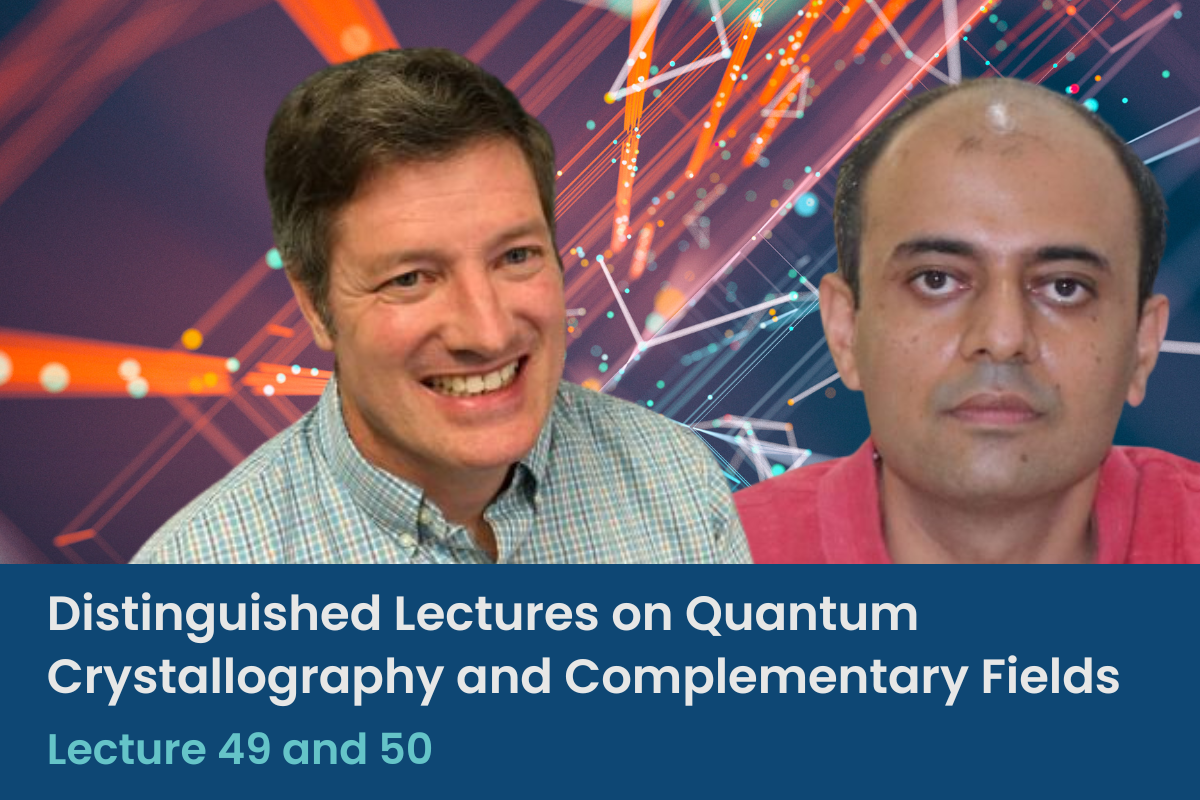
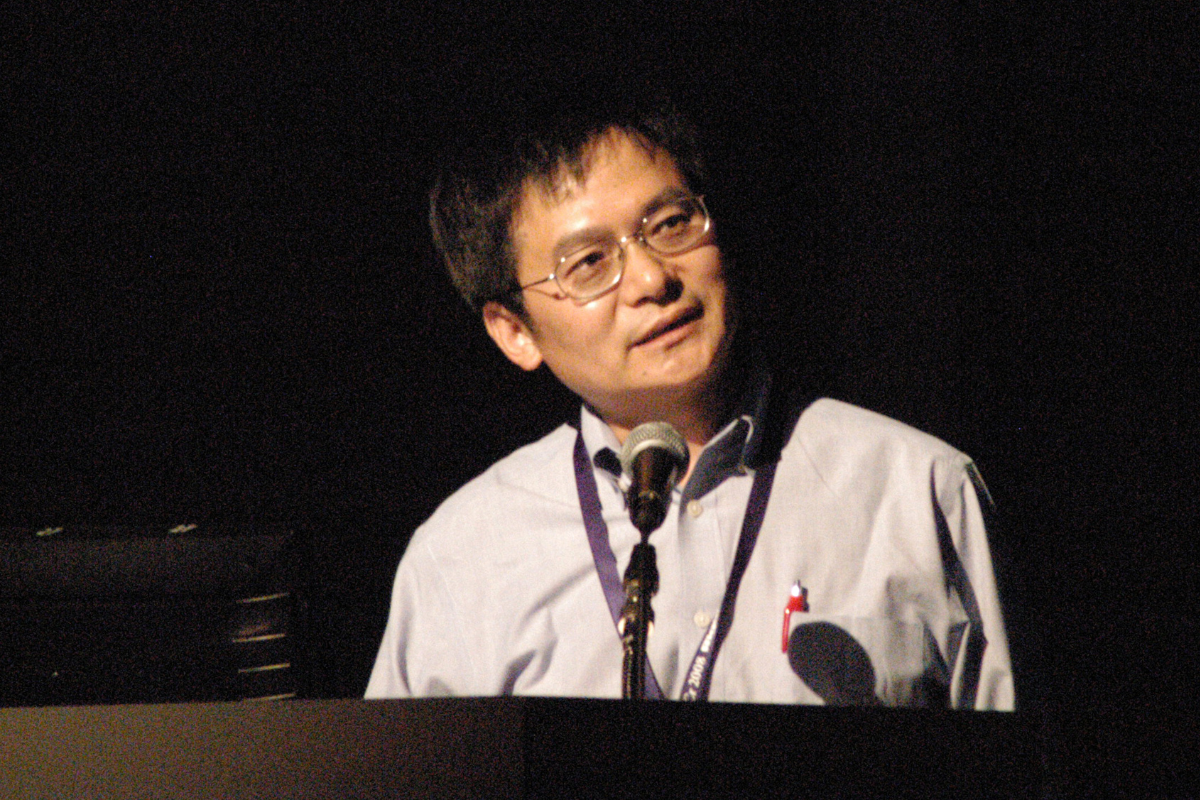


![[IUCr2026 logo]](https://www.iucr.org/__data/assets/image/0005/158198/IUCr2026_Logo_RGB.jpeg)
![[ACA]](https://www.iucr.org/__data/assets/image/0017/154214/ACA_Logo_WithoutACA.png)
![[AsCA logo]](https://www.iucr.org/__data/assets/image/0004/3955/asca.jpg)
![[AfCA_logo.jpg]](https://www.iucr.org/__data/assets/image/0020/157124/AfCA-logo.png)
![[ECA logo]](https://www.iucr.org/__data/assets/image/0005/3956/ecalogo.gif)
![[LACA_logo.jpg]](https://www.iucr.org/__data/assets/image/0016/111544/LACA_logo.jpg)

